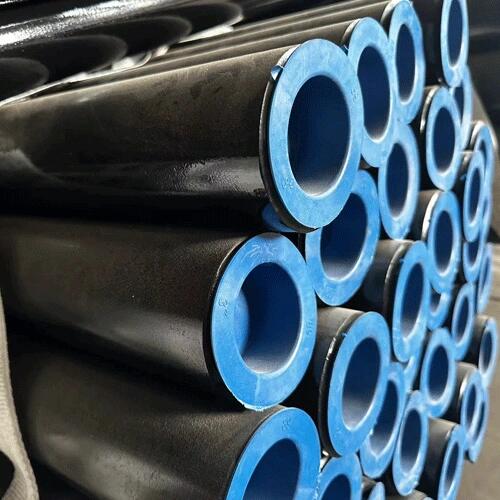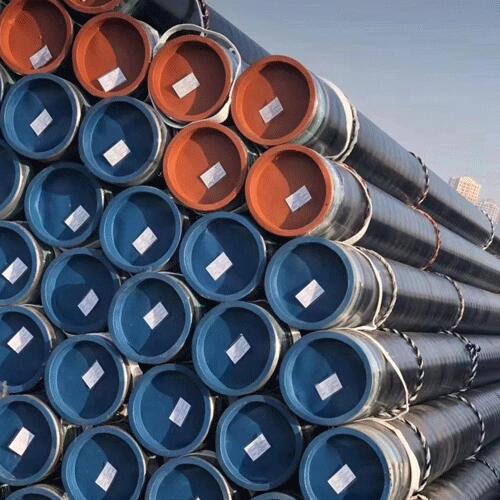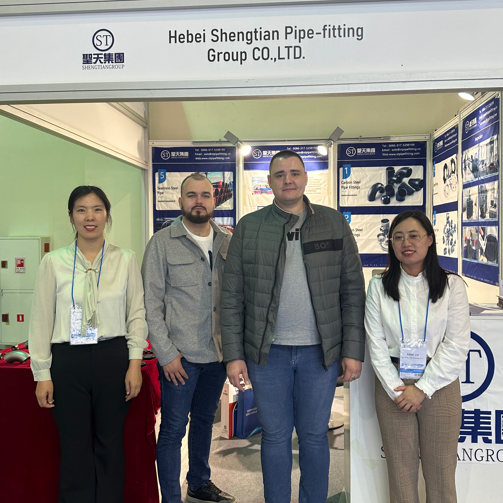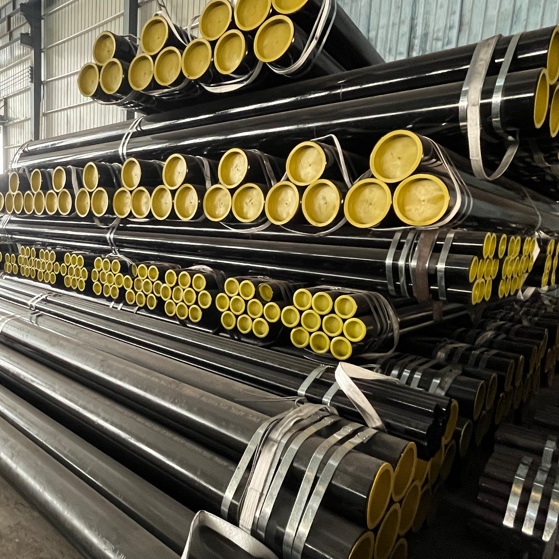Welded pipe, also known as welded steel pipe, is a steel pipe made by welding steel plates or strips through rolled edges.
The production process of welded steel pipes is simple, with high production efficiency, multiple varieties and specifications, and less equipment investment, but its overall strength is lower than that of seamless steel pipes.
With the rapid development of high-quality strip steel continuous rolling production and the advancement of welding and inspection technology, the quality of welds continues to improve. The variety and specifications of welded steel pipes are increasing and replacing seamless steel pipes, seam steel pipes, and welded steel pipes in more and more fields. According to the form of welds, they are divided into straight seam welded pipes and spiral welded pipes.
1、 Classification of welded pipes
Welded pipes are classified according to their uses: ordinary welded pipes, galvanized welded pipes, oxygen blown welded pipes, wire sleeves, metric welded pipes, idler pipes, deep well pump pipes, automotive pipes, transformer pipes, welded thin-walled pipes, welded special-shaped pipes, and spiral welded pipes.
2、 Scope of application of welded pipes
Welded pipe products are widely used in boilers, automobiles, ships, lightweight door and window steel for construction, furniture, various agricultural machinery, scaffolding, threading pipes, high-rise shelves, containers, etc. Can meet customer requirements, special specification welded pipes can be processed according to user requirements.
As a steel pipe factory, our main products include welded pipes, seamless steel pipes, ERW steel pipes, longitudinal submerged arc welded steel pipes, spiral submerged arc welded steel pipes, etc.
 Why should Seamless steel pipes be epoxy powder coated?
Why should Seamless steel pipes be epoxy powder coated?
 ASTM A106 Thick-walled steel pipe production steps
ASTM A106 Thick-walled steel pipe production steps
 Shengtian Group successfully participated in the Russian Oil and Gas Exhibition
Shengtian Group successfully participated in the Russian Oil and Gas Exhibition
 Is API 5L Black Steel Pipe Good For Air Lines?
Is API 5L Black Steel Pipe Good For Air Lines?